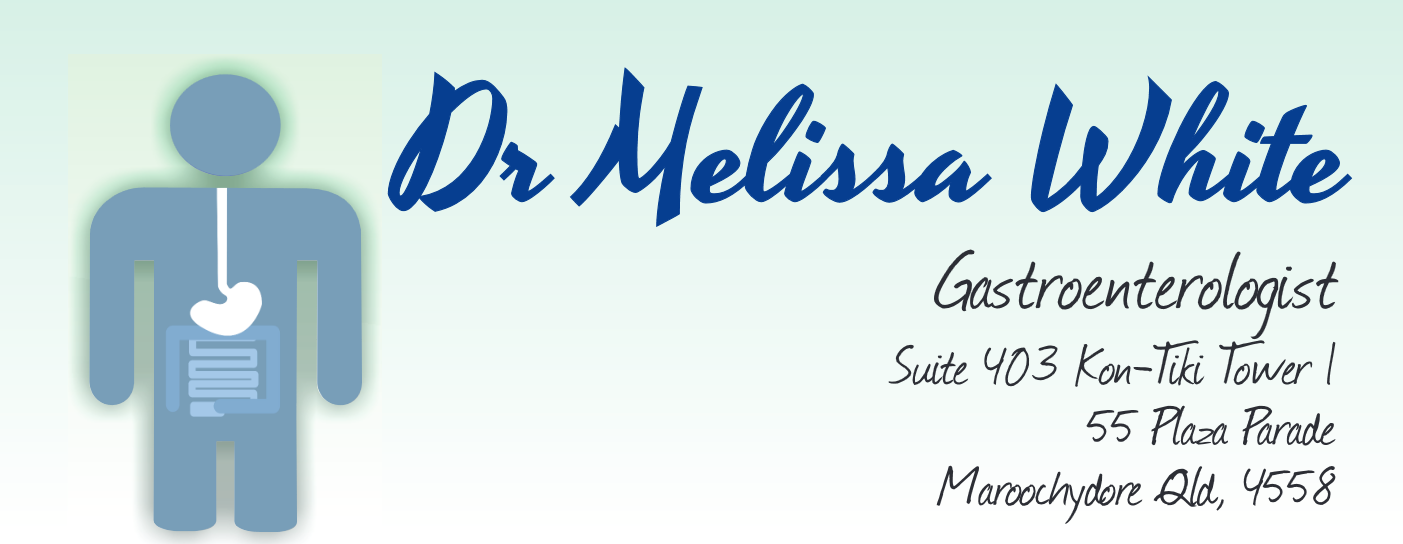Fatty Liver
The diagnosis of fatty liver is usually confirmed on liver biopsy or ultrasound. Prior to that, the suspicion may be there because your doctor has found abnormal liver function tests, often in the setting of being overweight, having diabetes or having cholesterol or triglyceride problems. Sometimes fatty liver can be found on ultrasound so that a liver biopsy is not needed. However, fatty liver is often present even if a CAT scan or an ultrasound is negative. Sometimes liver biopsies are required to confirm the diagnosis which reveals the amount and distribution of fat, as well as if there is any associated liver damage or inflammation.
The liver plays a central role in cholesterol metabolism. This process is complicated and a variety of biomechanical reactions can occur which can make the liver store excess fat. Fatty liver is very common and it is usually benign, but can become serious if not treated. Usually, the background function of the liver is reasonable and the majority of problems that the fatty liver causes are abnormal liver function tests which worry your General Practitioner. There are some drugs that can cause fatty liver and certainly excess alcohol can cause it as well. Sometimes, discontinuing drugs is required but this advice should be given by a specialist. Up to 90% of overweight and diabetic people have some degree of fatty liver on liver biopsy and in general these patients have no symptoms and have underlying normal liver function. Very occasionally the condition can progress to cirrhosis.
The best treatment is to achieve an ideal weight. No drug therapy will reverse the effects of fatty liver and the only way to improve the fat content in the liver is to decrease it by decreasing your weight. As fat comes off the rest of the body, the fat should redistribute back out of the liver and the liver function tests that are abnormal should improve. In the first instance, weight loss may have been recommended to you as a way of avoiding a liver biopsy and this is certainly a very worthwhile exercise. I often give 6 months for this to occur. If your liver function tests normalise just by reducing your weight, then we can often avoid more invasive tests.
Not only will regular exercise help you to lose weight but it will also tone your muscles making them look trimmer. Exercise is also good for your heart, bone health, and general wellbeing. The trick is to choose something that you will enjoy doing such as walking, swimming or aqua aerobics. There is no need to puff and sweat to benefit from exercise. Simply try to do a regular amount on a regular basis. The more exercise you do the better, but remember that any exercise is better than none at all.
In regards to diet, low fat foods are generally high in fibre so they will fill you up without adding excess fat. Dietary fibre also keeps your bowels regular. Don’t skip meals. Many people make the mistake of skipping meals to save on calories. This can mean that they get so hungry that they snack on anything that is available. Try to eat three meals every day. If you prefer, the fruit from your allowance can be saved for snacking between meals.
Tips for healthy weight loss:
Count fat first, then kilojoules. Studies have shown that not all calories are the same and it is the fat content in the diet that is more likely to cause you to put on weight. Therefore, try to eat low fat foods such as breads, cereals, fruit and vegetables. Use low fat dairy foods and lean meats. You will then have to have a healthy eating plan which will enable you to lose weight gradually and keep it off for good.
Don’t talk ‘diet’. Talk ‘healthy eating for life’.
Set realistic weight loss goals. Your body will fluctuate day by day. The fit of your clothes is usually the best sign that you are headed in the right direction.
Make meals attractive end enjoyable even if you are eating alone. Take time to sit down at the table and eat slowly.
Put variety in your diet. Try out some new low fat recipes, choose different types of bread for sandwiches and vary the fillings.
Recognise the triggers to over-eating. For many people theses are boredom, stress or anger. Identify another activity to do at these times such as exercise, relaxation or craft work.
Accept that there are no ‘good’ or ‘bad’ foods. Any food can be eaten as part of a healthy eating plan, simply choose lower fat foods more often and in larger amounts.
Read labels on foods to get an idea of the fat content. Low fat foods generally have less than 3g of fat per 100g serving.
Use butter, margarine and oil sparingly. A smear of margarine is all you need.
Choose non-stick cookware and use a cooking spray in place of oil.
Grill, bake or roast using a drip tray to catch the fat.
Cut fat off all meat and remove the skin from poultry.
Enjoy low fat and reduced fat milk and dairy products
